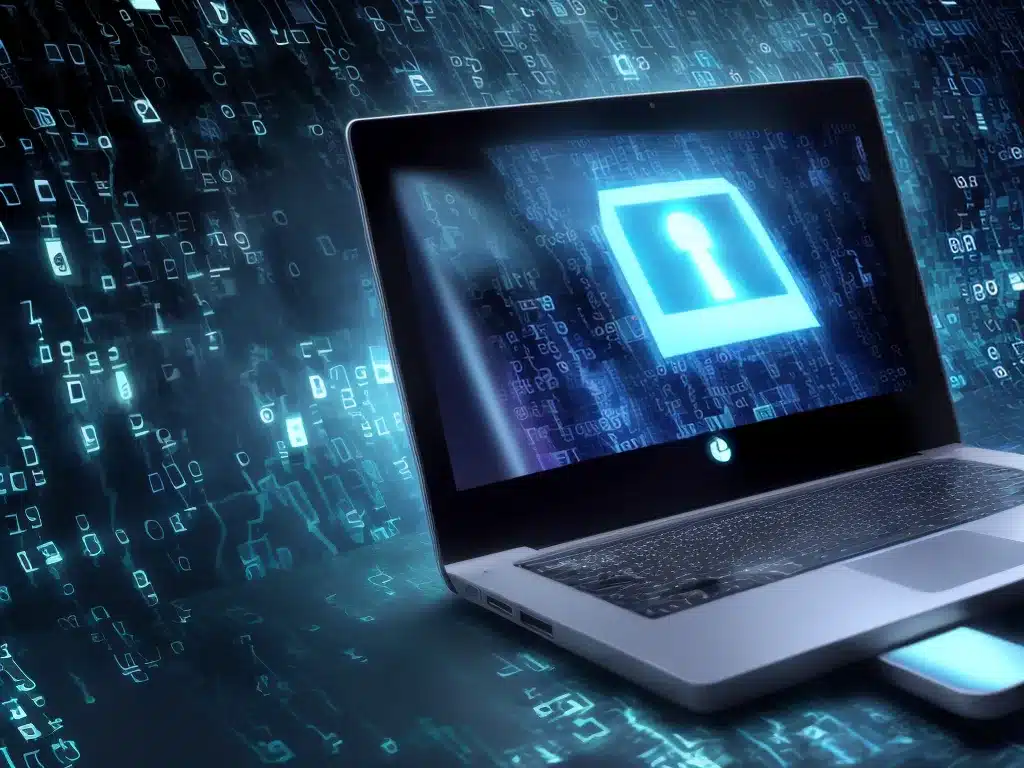
Introduction
Ransomware attacks have unfortunately become very common in recent years. These malicious programs encrypt files on your computer and demand payment to decrypt them. Getting your files back after an attack can be difficult, but is possible in some cases. This article will provide an in-depth look at recovering files after a ransomware infection in 2022.
Prevention is Ideal
The best way to handle ransomware is to avoid infection in the first place. Prevention should be your first line of defense. Some key prevention tips include:
- Keep your operating system, software, and security tools fully updated
- Use strong passwords and enable multi-factor authentication where possible
- Be cautious of suspicious links and attachments
- Back up your data regularly
However, even with good precautions, ransomware infections still occur. When prevention fails, your next step is trying to recover files.
Identification of the Ransomware Strain
If you do suffer an attack, the first step is to identify the specific ransomware strain. There are many varieties active today, including:
- Conti
- Avaddon
- REvil
- LockBit
- CryLocker
- Phobos
- DoppelPaymer
- Sodinokibi
You can often determine the type of ransomware based on the extension it appends to encrypted files. Common extensions include .crypt, .lock, .encrypted, and more. Knowing the strain is important, as decryption methods can vary.
Locating Backups
With the ransomware identified, begin looking for backups. There are various places backups may exist:
- Local external drives – If you routinely back up to an external USB drive or NAS device, connect it to see if usable backups are present.
- Cloud storage – Services like Dropbox, Google Drive, or Microsoft OneDrive may contain copies of files.
- Offline backups – Some people do occasional backups to external media that is then disconnected.
- Volume shadow copies – Windows may have volume shadow copies that can restore some files.
If full backups are found, recovering files becomes easy. Simply restore from the unaffected backups.
Decryption Tools
For some ransomware strains, security researchers are able to crack the encryption and develop free decryption tools. Visit sites like NoMoreRansom.org to see if a decryptor exists for the specific strain that infected you.
Decryptors are not available for all ransomware. But when present, they provide by far the easiest route to recover files.
Using a Ransomware Decryption Service
If backups and free decryptors are not available, one option is to employ a ransomware decryption service. These services claim the ability to crack some ransomware strains and restore files for a fee.
Some known providers include:
- Emsisoft
- Coveware
- Proven Data
The decryption success rate varies depending on the service and ransomware strain. Fees can range from several hundred to several thousand dollars. While costly, this option may be less expensive than paying the full ransom demand.
Paying the Ransom
As a last resort, some victims decide paying the ransom is the only way to regain access. This is controversial, as it encourages and funds criminal activity. There is also no guarantee files will be recovered.
If you proceed, use caution:
- Communicate with the criminals carefully – Don’t antagonize them or provide unnecessary information.
- Use anonymous payment methods – Cryptocurrency payments grant more anonymity.
- Verify decryption works – Insist on decrypting a few files first before paying in full.
Paying ransom should only be considered when all other options have failed. For many, restoring from backups remains the most reliable method.
Conclusion
Recovering files after a ransomware infection requires determination and methodical steps. Focus first on prevention. Then identify the ransomware strain and locate backups. Check for free decryptors. Consider reputable decryption services. And only turn to ransom payment as an absolute last option, with clear precautions taken.
While ransomware presents challenges, victims can often regain access to encrypted files through persistence and appropriate tools. Don’t assume all is lost. Carefully work through each recovery option to restore your important data.












